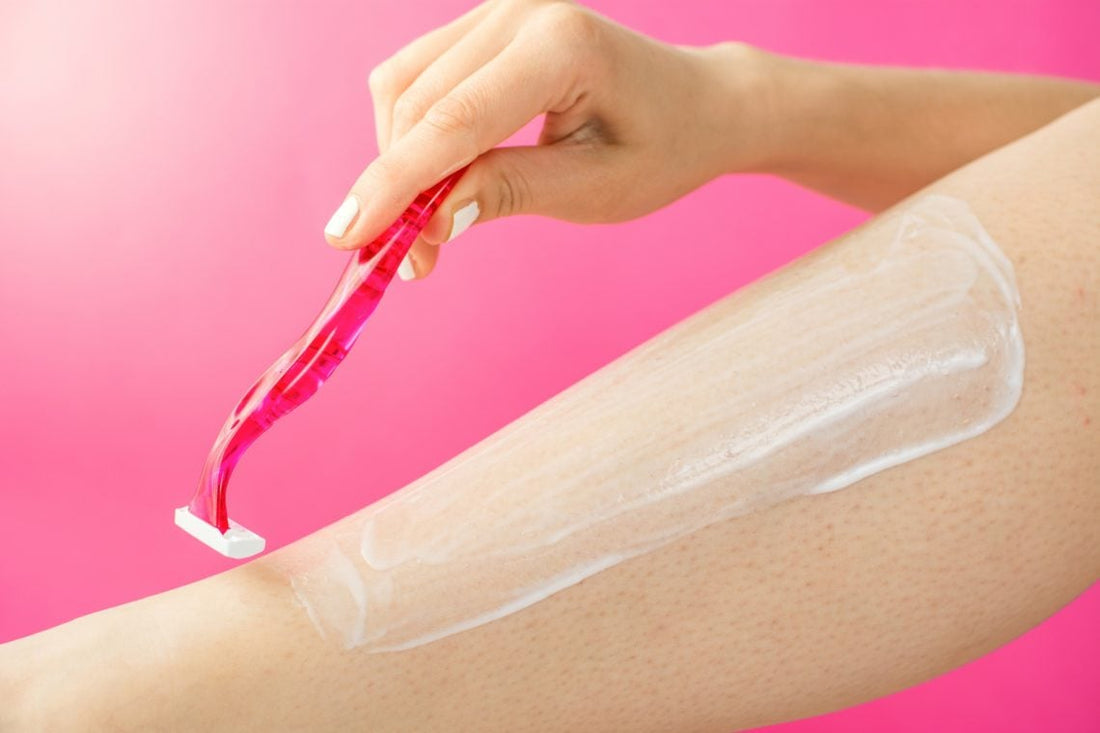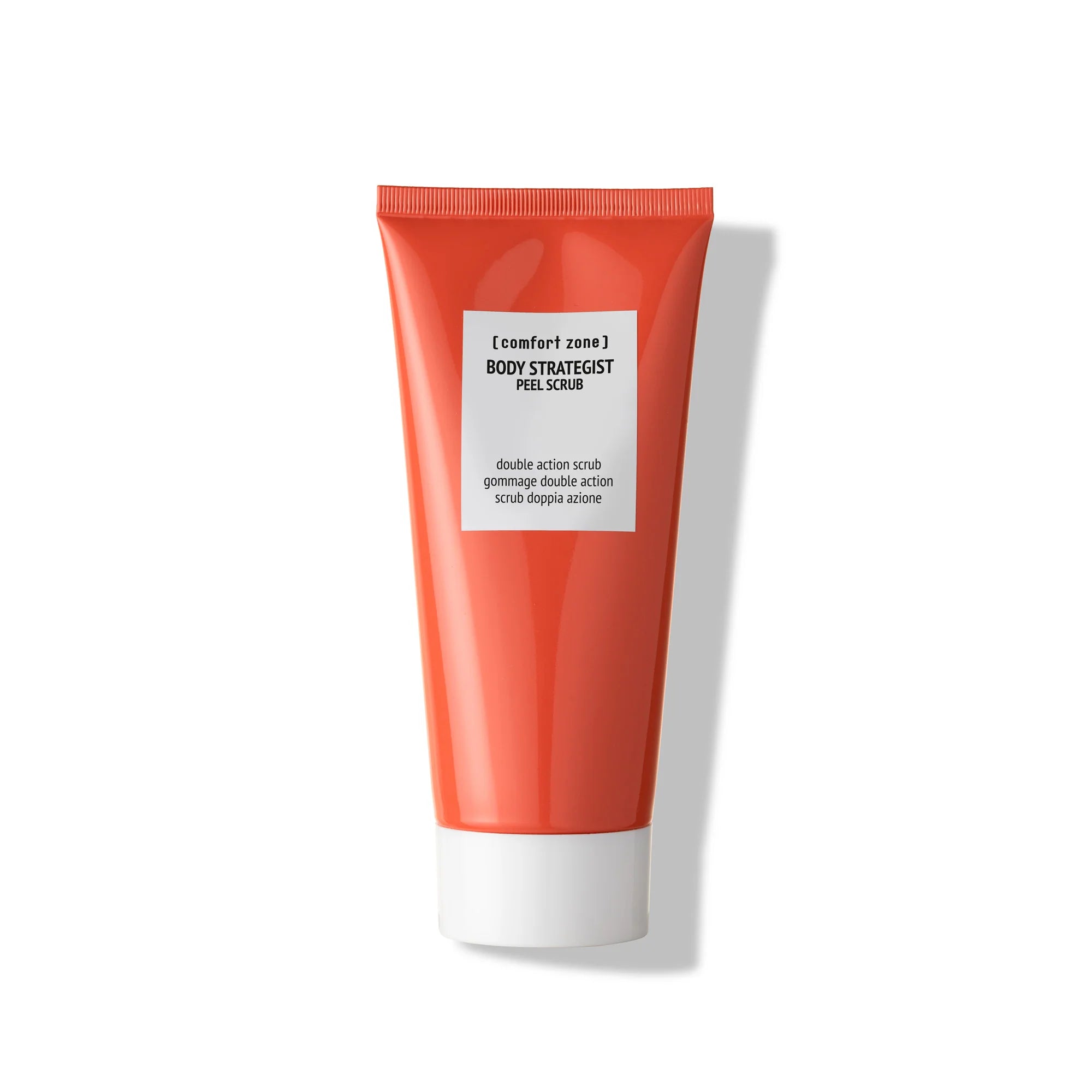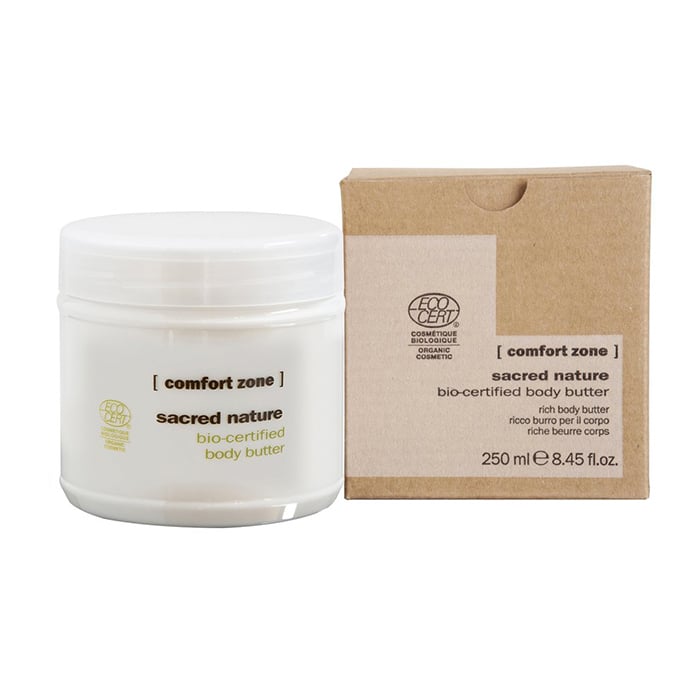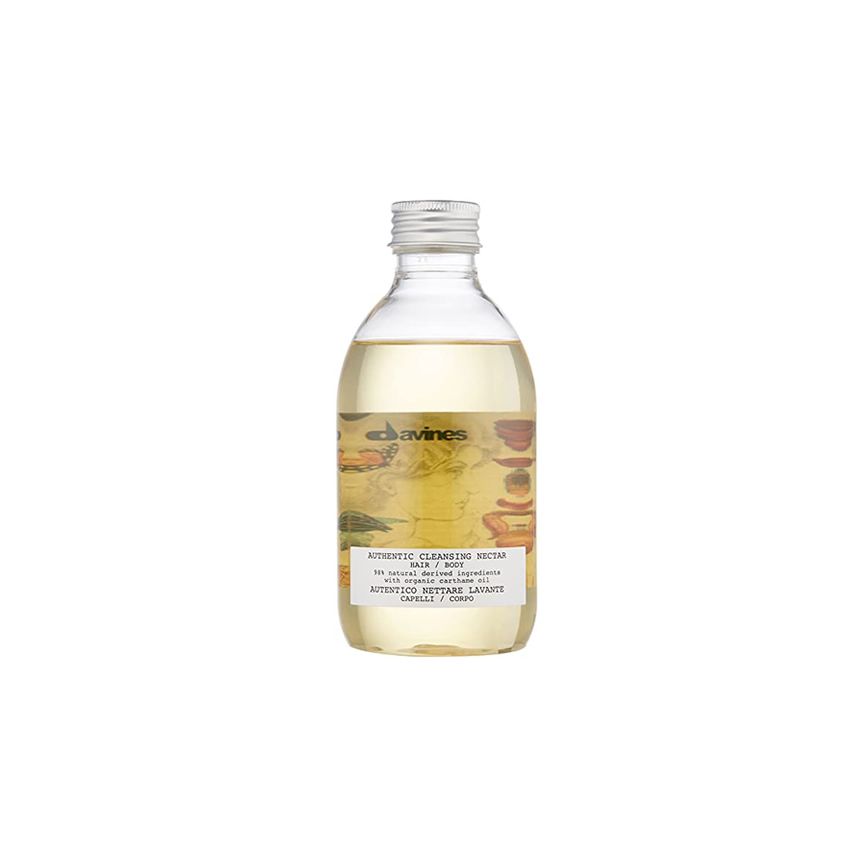

"A beautiful person must suffer a little." This saying was likely referring to razor burn : from nicks, irritated follicles, rashes, burning sensations, and pain, there are many side effects of hair removal, especially razor burn. To help you combat annoying razor burn, we've prepared some helpful tips: discover them in this article.
Sure, there are plenty of other hair removal methods, but not all of them are as quick and effective as the razor, which becomes our best friend during the summer, when you just need that touch-up before going out, or at the beach, to always look perfect even in a bikini. Ultimately, let's face it: if used properly, we have nothing to fear from the razor; but for those occasions when your skin feels irritated after shaving , we've got you covered: follow our advice and you can say goodbye to razor burn.
Red and inflamed skin? Here are the causes of razor burn.
We're familiar with the symptoms of razor burn , but perhaps not the causes : it's a more or less serious inflammation of the hair follicles, caused by a variety of factors, top of the list being microlesions caused by careless hair removal. Among the main causes are dead skin cells that, removed by the razor, clog the follicle , preventing the hair from emerging and growing under the skin.
In addition to ingrown hairs , however, certain infections can also occur, such as folliculitis : essentially, after hair removal, the irritated hair follicle is much more exposed to the effects of the skin, thus causing the formation of those unsightly pimples we hate so much due to the action of bacteria, fungi, or viruses. In this case, the skin must be treated with medication, while for all the other situations we listed above, just be careful and use the appropriate cosmetics.
What not to do to avoid razor burn: here are 6 good habits.
The way we shave is certainly one of the main causes of irritation, because we cause micro-lesions to our skin, but there are many other bad habits to eliminate:
- No super-skinny clothes : wearing really tight trousers after waxing is not a great idea, because the rubbing with the fabric will definitely irritate all your skin.
- Be careful with sand and sweat : in short, no gym and no nap on the sand after hair removal because sweat or sand will clog the follicles , irritating them and risking blocking them, thus causing folliculitis.
- Don't rub your skin with the towel : after rinsing the shaved area, to remove excess shaving foam ( which you use, right? ), be careful not to rub your skin with the towel, but always remember to pat it gently.
- Replace your razor blades or razor blades when they become too worn: avoid the mistake of using disposable razors or worn blades for extended periods of time. This can lead to snags and tugs that only irritate the skin.
- Don't go over the same spot too many times: especially if in the meantime you have removed the layer of foam or soap that lubricated the skin
- Don't apply too much pressure: gentleness is the key when using the razor blade, so always remember not to press too hard with the razor.
- Avoid dry shaving: it should be obvious, but it's always worth remembering! Shaving foam or gel are essential to allow the razor to glide easily over the skin and protect it from grazes and pulls.
The best remedies to soothe irritated skin after hair removal
Razor irritation – unfortunately – is not entirely avoidable, but its effect over time and the intensity of the discomfort can definitely be reduced : in short, it is normal to feel some itching immediately after running the blade, especially if you have sensitive skin, but by following the outline below we are sure that in a few minutes the razor irritation will be just a memory.
- Exfoliate the day before shaving : before shaving – preferably the day before – exfoliate the area you want to shave.
- Cold water or ice packs : immediately after hair removal, apply cold water or ice packs to the affected areas – just use a small bag or soak a cloth in cold water – to immediately calm the skin.
- Aloe vera best friend : for the most sensitive skin there is nothing better than using aloe-based products, which has a marked soothing property
- Choose a soothing oil : In the following days, use a soothing oil to calm and moisturize your skin.
- Use a moisturizer : When your skin no longer shows signs of shaving irritation, it's time to moisturize.
- Be careful what product you use to wash yourself : for (at least) the first two days after hair removal, use a particularly delicate cleanser .


What products to use to avoid razor burn
Body Strategist Peel Scrub – Comfort Zone: Ideal for preparing skin for shaving. This body scrub stimulates cell renewal, eliminating dry skin and leaving it soft, silky, and renewed.


Sacred Nature Body Butter – Comfort Zone: This is a hydrating butter for daily use after showering, containing natural and organic active ingredients. With shea butter and jojoba oil, this product leaves even the most undernourished skin silky and soft. When applied after shaving, it is also a valuable aid in calming or counteracting irritation.


Authentic Cleansing Nectar – Davines: A hair and body product that, thanks to its oily consistency, doesn't irritate the skin, but rather hydrates it. It's ideal for use in the two days following hair removal to help the skin regain its proper level of hydration.
We hope that with our tips, razor burn will no longer seem like an invincible enemy and that you can manage hair removal as best as possible, so you can enjoy the beauty of smooth skin without too many complications.


